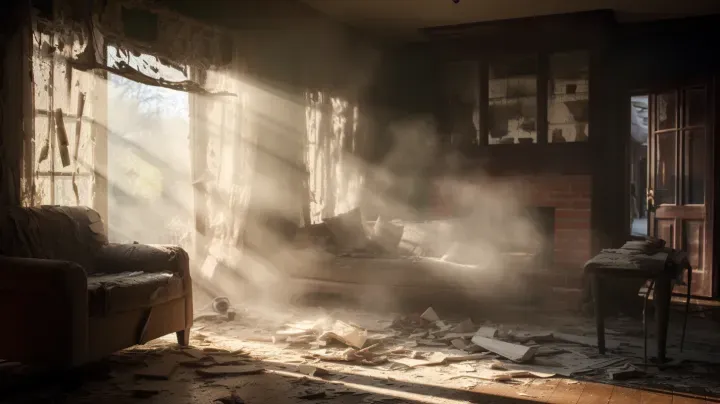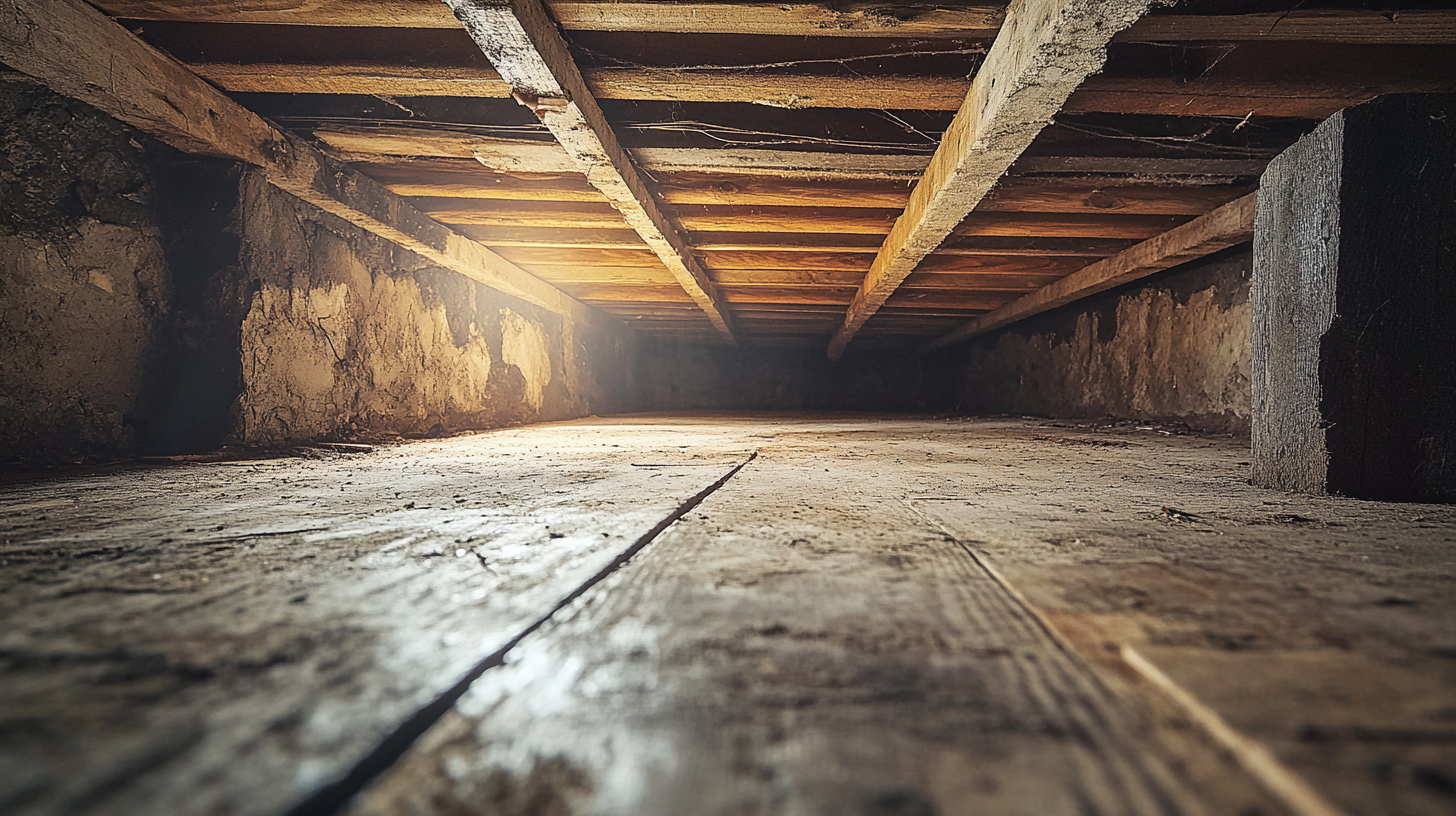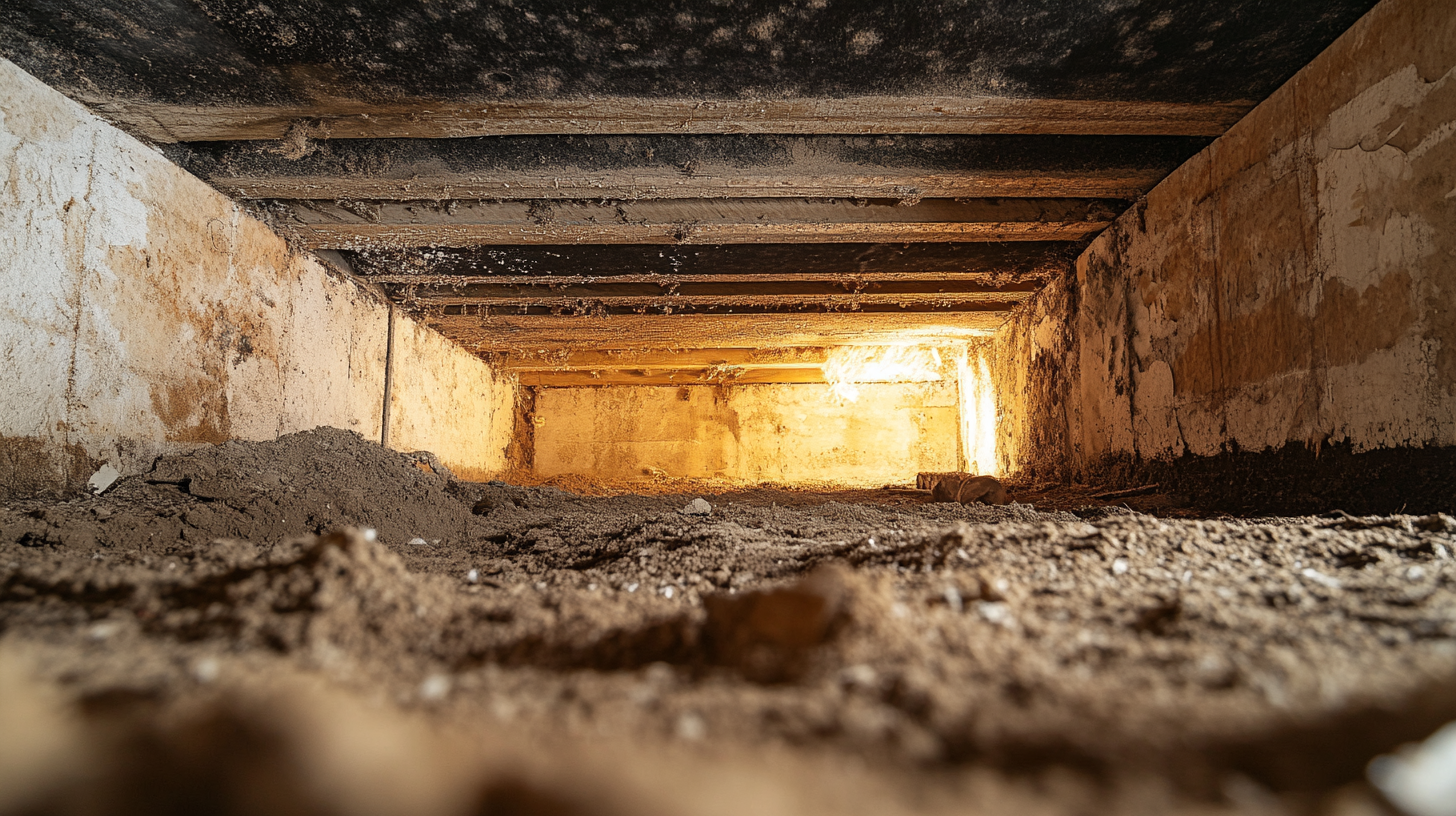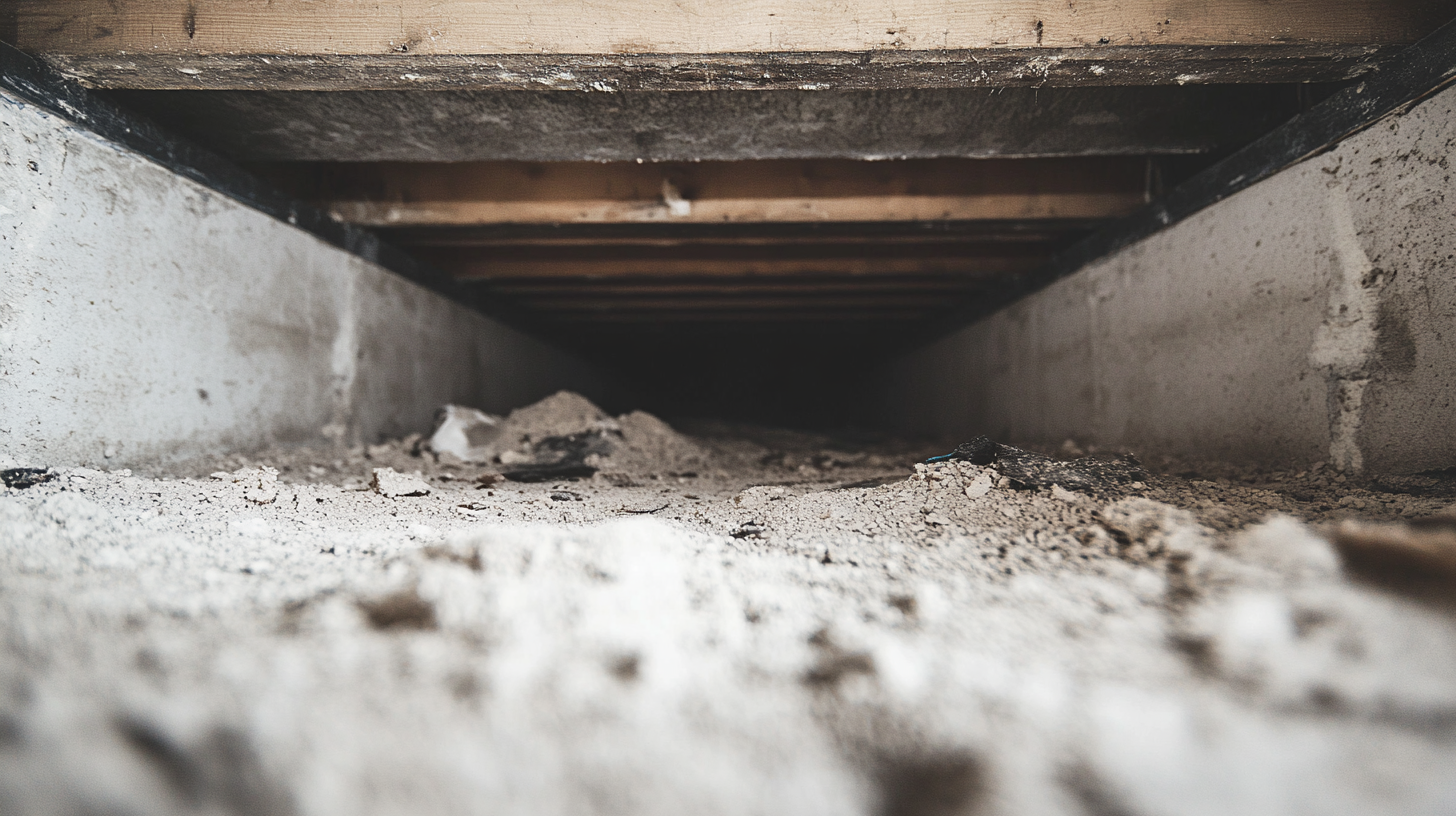Understanding Smoke Damage: A Comprehensive Guide

Welcome to our in-depth exploration of smoke damage, a critical issue that often goes overlooked in the aftermath of fires. While the immediate dangers of fire are evident and widely understood, the lingering effects of smoke damage can be equally hazardous, yet far less apparent. This guide aims to shed light on the importance of recognizing and addressing smoke damage promptly and effectively.
Smoke damage extends beyond mere discoloration of walls or a persistent odor; it encompasses a range of impacts that can compromise the structural integrity of buildings, the health of inhabitants, and the overall safety of the environment. By delving into the various types of smoke damage, we aim to equip you with the knowledge to identify, assess, and tackle these challenges head-on.
In the following sections, we will unravel the complexities of smoke damage, discussing its diverse forms and the unique threats each presents. From the acidic soot residue that can erode surfaces over time to the toxic compounds that pose serious health risks, understanding these different types of smoke damage is crucial for effective restoration and maintenance of a safe living or working space.
What is Smoke Damage?
Definition and Introduction
Smoke damage is a multifaceted issue that arises in the aftermath of fires, often overshadowed by the immediate destruction caused by flames. It refers to the physical and chemical impact left by smoke on various surfaces, materials, and environments. This type of damage is not just limited to discoloration or a lingering odor; it encompasses a range of effects that can significantly compromise the integrity and safety of affected areas.
Common causes of smoke damage include residential fires, industrial accidents, and natural disasters like wildfires. Each source can lead to varying degrees of damage, influenced by factors such as the intensity of the fire, the materials burned, and the duration of exposure. Understanding these causes is crucial in assessing the extent of damage and determining the appropriate remediation strategies.
The Science Behind Smoke Damage
At its core, smoke is a complex mixture of gases and particles resulting from incomplete combustion. The chemical composition of smoke can vary greatly depending on the materials that were burned. For instance, burning plastics and synthetic materials release different compounds compared to wood or organic matter. Common components of smoke include carbon monoxide, carbon dioxide, soot, and various volatile organic compounds (VOCs).
The interaction of smoke with different materials is a complex process influenced by the nature of the smoke and the properties of the materials. For example, porous materials like fabric, wood, and insulation can absorb smoke particles deeply, making them difficult to clean. On the other hand, non-porous surfaces like metal and glass may suffer from surface staining and corrosion. The acidic nature of some smoke particles can lead to gradual deterioration of materials, while the toxic nature of certain compounds poses health risks to humans and animals.
Understanding the science behind smoke damage is essential for effective remediation. It helps in identifying the types of smoke involved, assessing the extent of damage, and choosing the appropriate cleaning and restoration methods to ensure the safety and longevity of the affected property.
Types of Smoke Damage
Understanding the different types of smoke damage is crucial for effective cleaning and restoration. Smoke damage can vary significantly based on the nature of the fire and the materials involved. Two primary types of smoke damage are wet smoke damage and dry smoke damage, each with distinct characteristics and challenges.
Wet Smoke Damage
Characteristics of Wet Smoke Damage:
Wet smoke damage is typically a result of smoldering fires with low heat. This type of smoke damage is known for its strong odor and sticky, smeary texture. It is more challenging to clean due to its tendency to cling to surfaces.
Common Sources:
Wet smoke often originates from fires that burn at a lower temperature, such as those involving rubber or plastic.
Appearance and Texture:
Wet smoke leaves behind a thick, black residue that is often sticky to the touch. This residue can penetrate porous materials, making it difficult to remove.
Typical Materials Affected:
Commonly affected materials include fabric, wood, and other porous surfaces that can absorb the oily residues.
Cleaning and Restoration Challenges:
The oily nature of wet smoke makes it particularly challenging to clean. Restoration often requires specialized cleaning agents and techniques to effectively remove the residue without causing further damage.
Dry Smoke Damage
Characteristics of Dry Smoke Damage:
Dry smoke damage occurs from fast-burning fires that burn at high temperatures. This type of smoke is typically less smelly and easier to clean compared to wet smoke.
Common Sources:
Dry smoke damage is often seen in fires involving paper, wood, and other organic materials that burn quickly and at high temperatures.
Appearance and Texture:
Dry smoke residue is generally powdery and can spread easily throughout a property, covering surfaces with a thin layer of fine soot.
Typical Materials Affected:
Dry smoke tends to affect a wider range of materials due to its fine particles, including non-porous surfaces like metals and plastics.
Cleaning and Restoration Methods:
Cleaning dry smoke damage typically involves thorough vacuuming and dry sponging to remove soot particles. Specialized air filtration devices may also be used to capture airborne particles.
Health Risks Associated with Smoke Damage
Smoke damage, often a byproduct of fires, poses significant health risks. These risks can be immediate or develop over time, especially with prolonged exposure. Understanding these risks is crucial for ensuring the health and safety of individuals who may come into contact with environments affected by smoke damage.
Short-Term Health Risks
Immediate Health Effects of Exposure to Smoke:
Short-term health risks associated with smoke damage include a range of respiratory problems, eye irritation, and skin issues. When an individual is exposed to smoke, they inhale a variety of harmful chemicals and particles. This can lead to symptoms such as coughing, wheezing, shortness of breath, and irritation of the eyes and throat. In some cases, exposure to smoke can also trigger asthma attacks or lead to acute bronchitis.
Long-Term Health Risks
Chronic Health Issues Due to Prolonged Exposure:
Long-term exposure to smoke damage can have more severe health consequences. Chronic respiratory illnesses, heart disease, and certain types of cancer have been linked to prolonged exposure to the toxic components found in smoke. These risks are heightened in environments where smoke particles have settled into materials and continue to off-gas harmful substances over time.
Vulnerable Populations
Special Considerations for Children, Elderly, and Those with Respiratory Issues:
Certain populations are more vulnerable to the health risks posed by smoke damage. Children, due to their developing respiratory systems and higher breathing rates, are particularly susceptible to the harmful effects of smoke. The elderly, who may have pre-existing health conditions, also face increased risks. Additionally, individuals with chronic respiratory issues, such as asthma or COPD, are more likely to experience exacerbated symptoms when exposed to smoke-damaged environments.
Professional Smoke Damage Restoration
Dealing with smoke damage can be a complex and challenging process, often requiring professional expertise. Professional smoke damage restoration services are crucial in ensuring that the damage is thoroughly and safely addressed, restoring the affected environment to a safe and habitable condition.
When to Call Professionals
Scenarios Requiring Professional Intervention:
Professional intervention is recommended in several scenarios:
When the area affected by smoke is extensive or includes hard-to-reach spaces.
If the smoke damage is a result of a large fire or has affected critical structural elements of a building.
In cases where there are hazardous materials involved, such as asbestos or lead paint.
When occupants of the building are experiencing health issues due to smoke exposure.
If the smoke damage has persisted over a long period, leading to deeply embedded odors and residues.
The Restoration Process
Steps Involved in Professional Smoke Damage Restoration:
Assessment and Inspection:
The first step involves a thorough assessment and inspection of the affected area. Professionals use specialized tools and techniques to determine the extent of the damage, including the type of smoke involved and the areas most impacted.
Smoke and Soot Removal Techniques:
This step focuses on removing smoke and soot residues from all affected surfaces. Techniques vary depending on the type of smoke damage (wet or dry) and the materials affected. This may include dry sponging, vacuuming, and the use of chemical cleaners to break down and remove soot and residues.
Odor Elimination and Air Purification:
Eliminating the odors associated with smoke damage is a critical part of the restoration process. Professionals use advanced deodorization techniques, such as thermal fogging and ozone treatment, to neutralize odors. Air purification systems are also employed to filter out particulate matter and improve indoor air quality.
Preventive Measures and Safety Tips
Understanding and implementing preventive measures can significantly reduce the risk of smoke damage. Additionally, knowing the right safety measures during and after a fire is crucial for protecting oneself and minimizing damage.
Preventing Smoke Damage
Tips to Minimize the Risk of Smoke Damage:
- Regular Maintenance of Electrical Appliances: Faulty wiring and malfunctioning electrical appliances are common causes of fires. Regular checks and maintenance can prevent such incidents.
- Safe Storage of Flammable Materials: Store flammable materials away from heat sources and in well-ventilated areas.
- Installation of Smoke Alarms: Ensure smoke alarms are installed and functioning in key areas of your home or building.
- Fire Extinguishers: Keep fire extinguishers accessible and ensure everyone knows how to use them.
- Safe Cooking Practices: Never leave cooking unattended and keep combustible materials away from stoves and ovens.
Safety Measures During and After a Fire
Guidelines for Ensuring Safety During a Fire Incident:
- Evacuate Immediately: Safety comes first. If a fire breaks out, evacuate the premises immediately and call emergency services.
- Stay Low to the Ground: If there's smoke, stay low to the ground while evacuating to avoid inhaling smoke.
- Close Doors Behind You: This can help slow the spread of fire and smoke.
Post-Fire Safety and Cleanup Tips:
- Do Not Re-enter Until Safe: Wait until it is declared safe by authorities before re-entering a fire-damaged building.
- Ventilation: Open windows and doors to ventilate the area if it's safe to do so.
- Document the Damage: Take photos and make a list of damaged items for insurance purposes.
- Wear Protective Gear: During cleanup, wear gloves, masks, and protective clothing to avoid contact with hazardous soot and debris.
- Seek Professional Help for Cleanup: Consider hiring professionals for safe and thorough cleaning and restoration.
FAQs
Contact Fast Response Cleaning & Restoration Today!
Fast Response Cleaning & Restoration will do everything we can to ensure your experience with us is excellent.
Request A FREE Estimate
Request A FREE Estimate Form
CHECKOUT RECENT POST



Have an Emergency? We're Here to Help!
When it comes to disaster cleanup, we are a seasoned veteran in the industry and have helped hundreds of property owners just like you.
Our disaster recovery teams are available 24-7 to quickly clean up and repair disasters of all types.
